I attended a symposium at The Aldrich Contemporary Art Museum called “Full Steam Ahead” last September. I got a fabulous idea for adding STEAMy resources to the art studio for my students from the director the Nature Lab at the Rhode Island School of Design. The Nature Lab is a natural science collection and lending library where students have hands-on access to specimens such as shells, taxidermy animals and skeletons. There are live plants and animals to support visual inquiry into biological and natural sciences.
If college students could have hands-on access to natural specimens, then mine should too! As budding artists and scientists, students need to practice careful observation. Insect specimens encased in clear acrylic immediately popped into my mind. I found out quickly that they are really expensive! After checking with educators I knew on Facebook and Twitter, I was able to include appropriate scientific specimens for a K-5 art room in my grant.
STUDENT OBSERVATIONS
Students touched, magnified and investigated all of these new resources. Some students drew what they saw, others needed to observe with a magnifier. Many had questions, others had exciting finds to share:
“Why does that spider have so much hair?”
“Hey! I think that this caterpillar pooped in there!”
“Mrs. T… Allie and I saw that scorpion’s leg MOVE! Twice!”
I am convinced that it our job as educators to encourage students to grow as artists, scientists and problem solvers.
What do you think?
Have you written any grants for STEAM, STEM or the arts?
What did you include, and why?
This post was first published on Education Closet, February 2017
This month, The Art Ed Blogger's Network is writing about STEAM/Art Integration. Join us on the first Tuesday each month for new projects, ideas, and inspiration.
Participating Art Teacher Blogs:
- Art Class Curator
- Art Ed Guru
- Art is Basic
- Art Room Blog
- Art with Mr. E
- Arte a Scoula
- Artful Artsy Amy
- Brava Art Press
- Capitol of Creativity
- Create Art with ME
- MiniMatisse
- Mr. Calvert's Art Room Happenings
- Mrs. Boudreaux's Amazing Art Room
- Mrs. T's Art Room
- Party in the Art Room
- shine brite zamorano
- Tales from the Traveling Art Teacher
- There's a Dragon in my Art Room
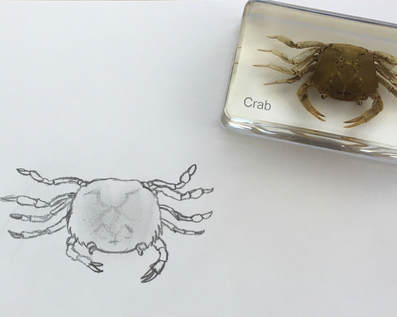
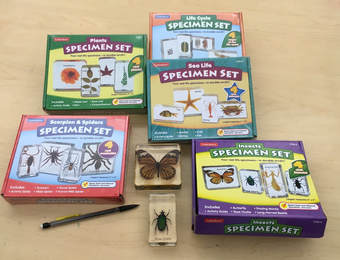
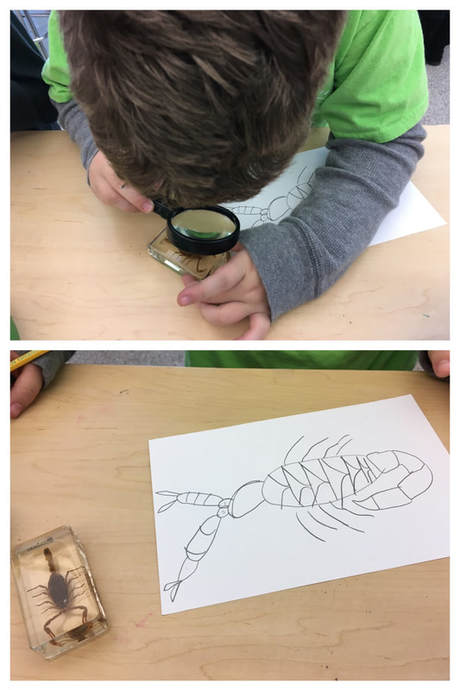
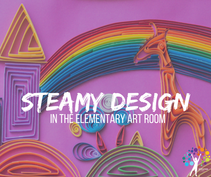
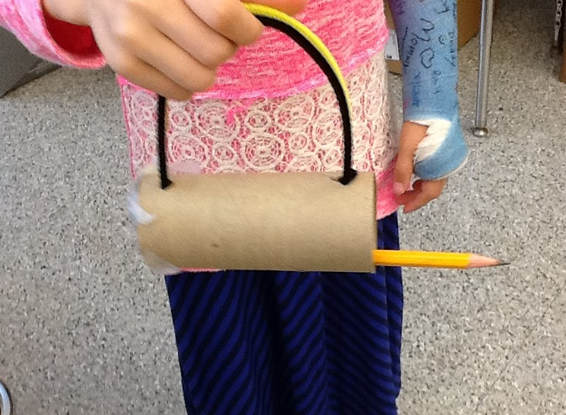
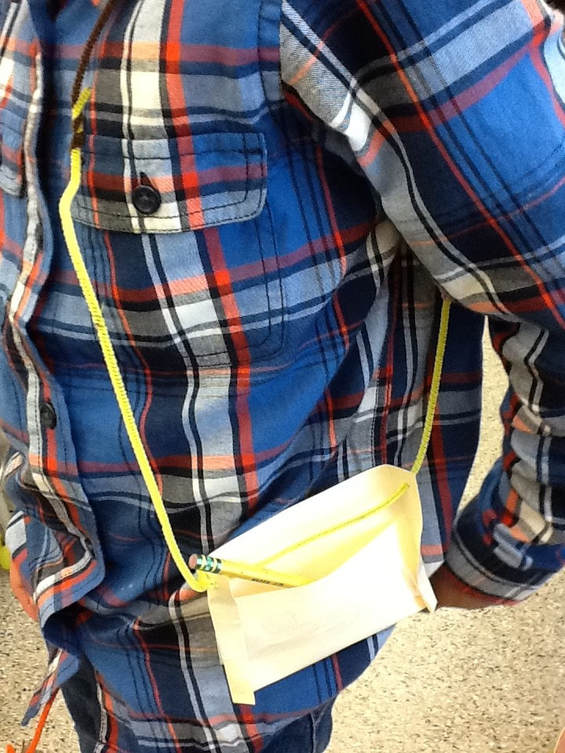
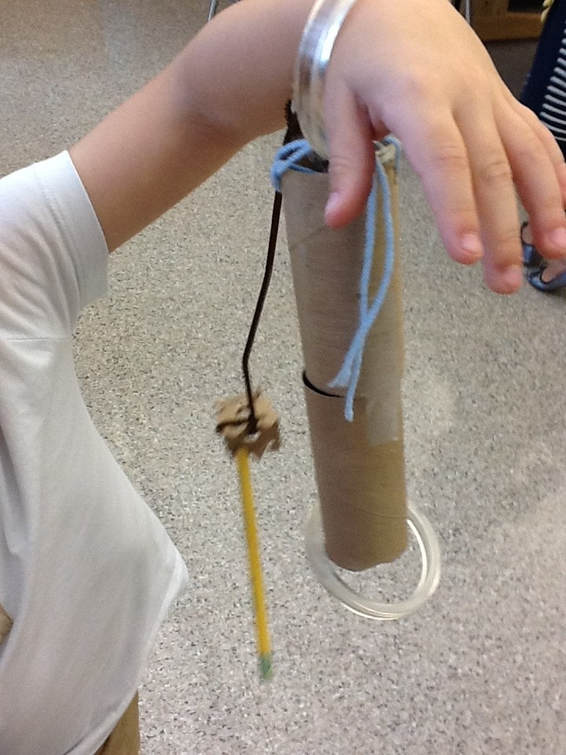
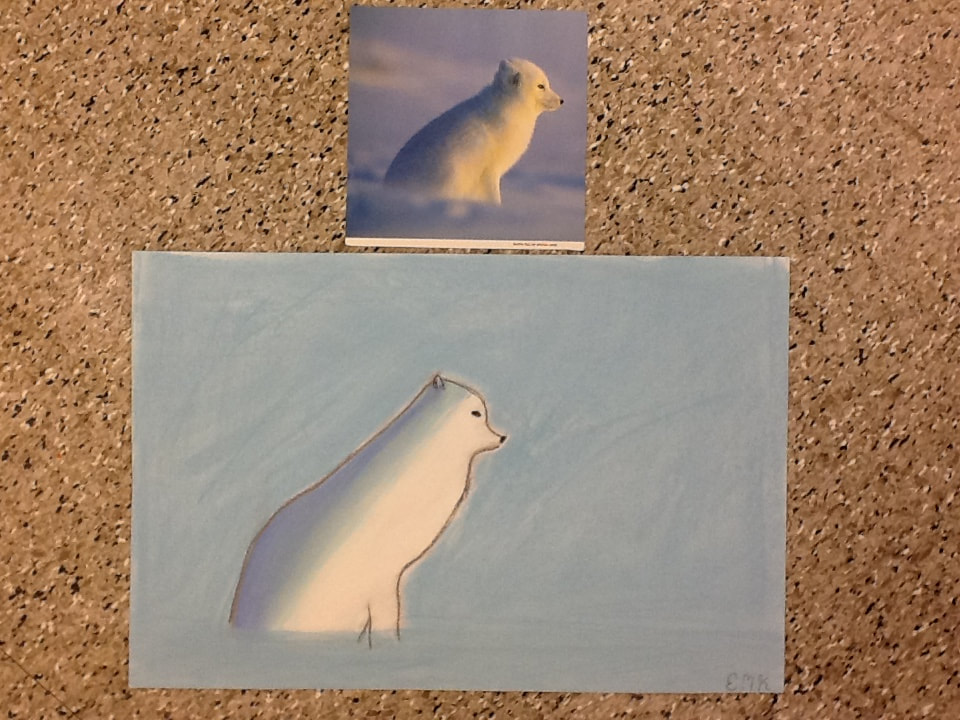
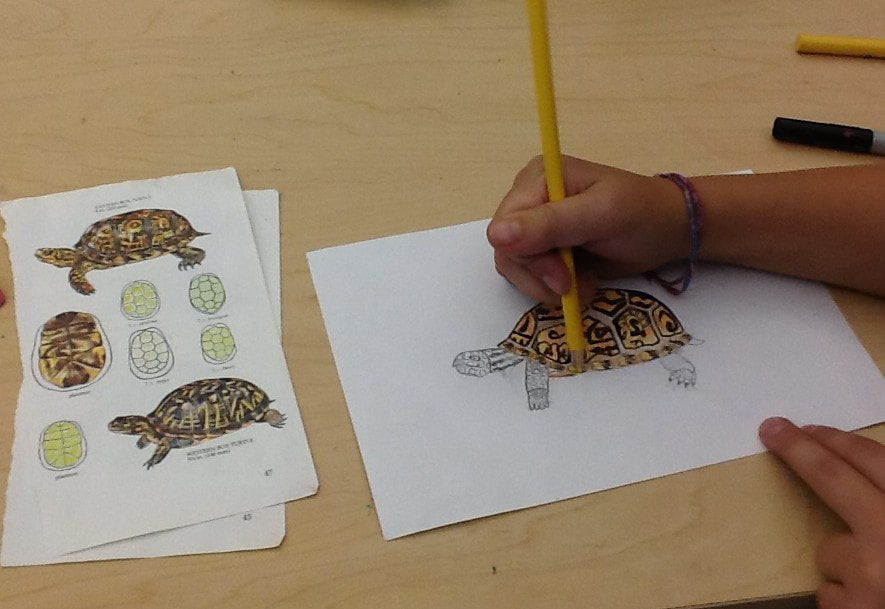
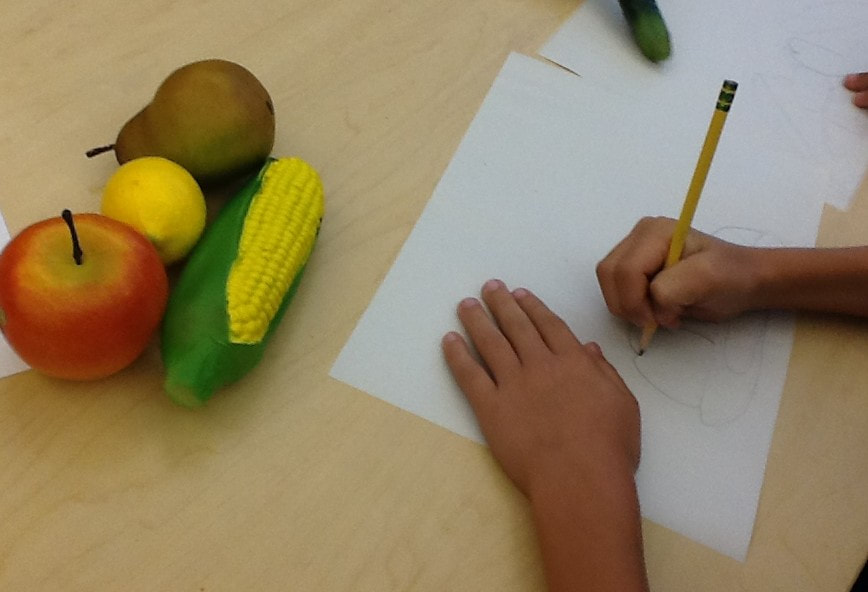


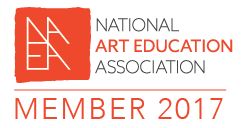


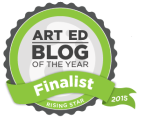
 RSS Feed
RSS Feed
